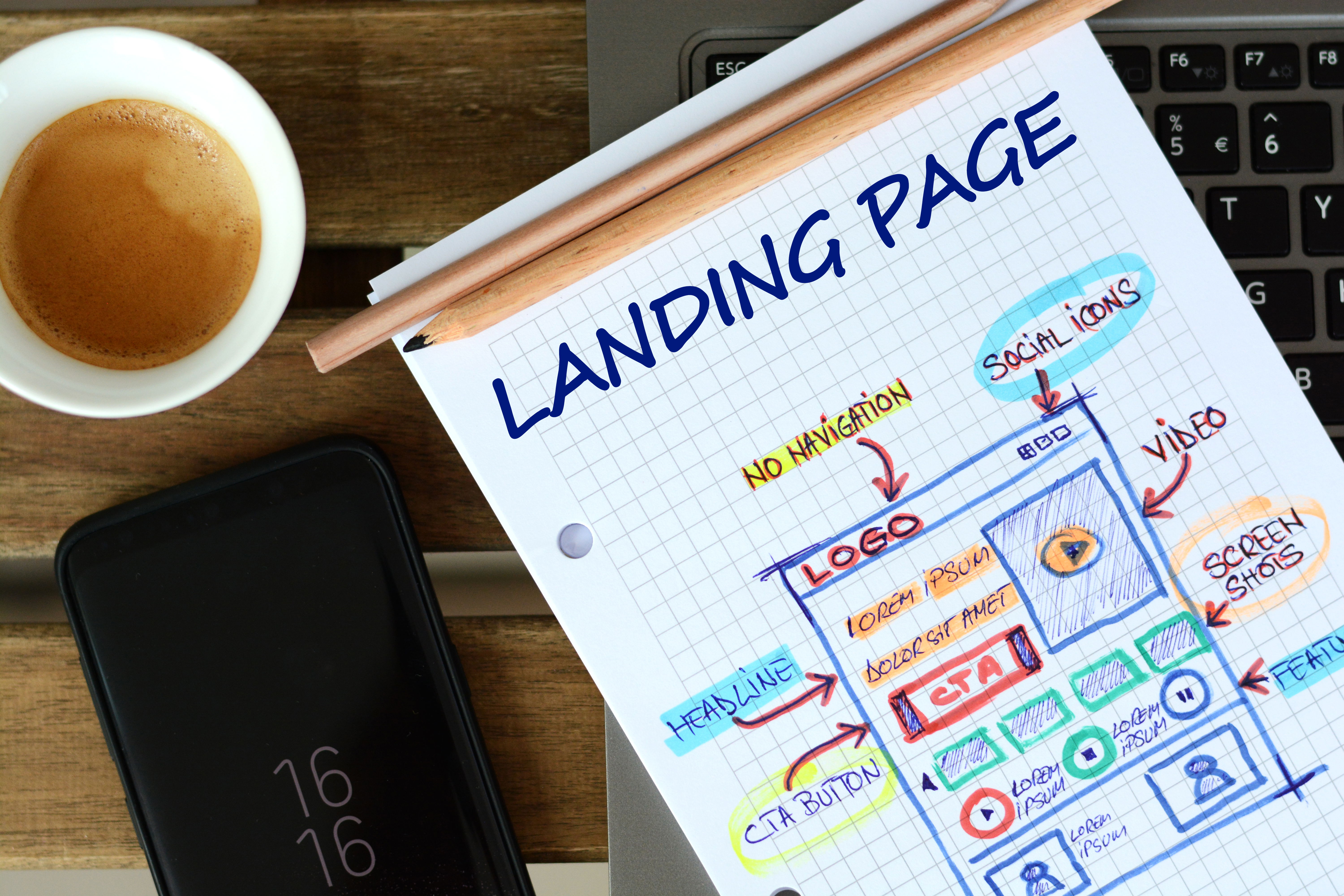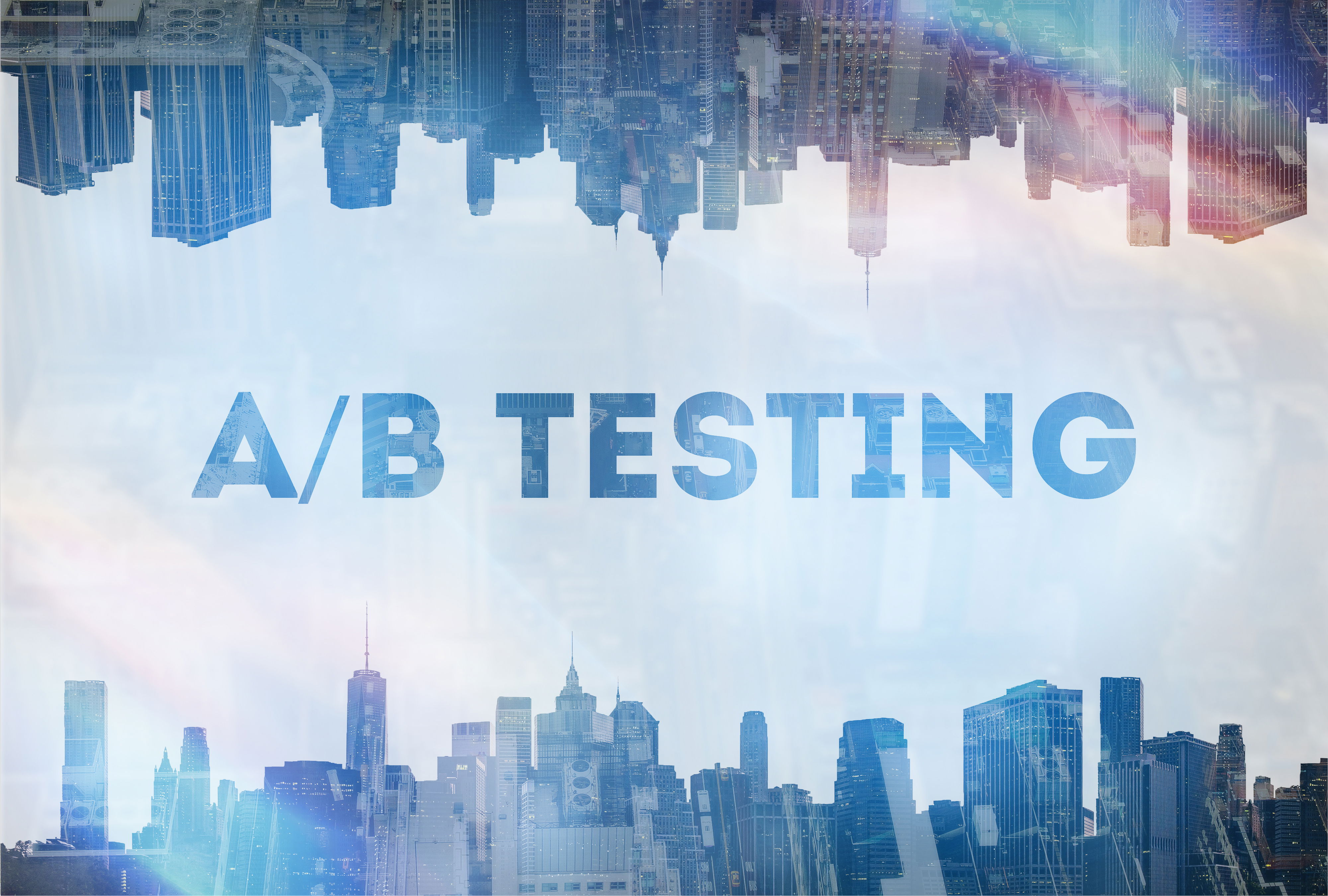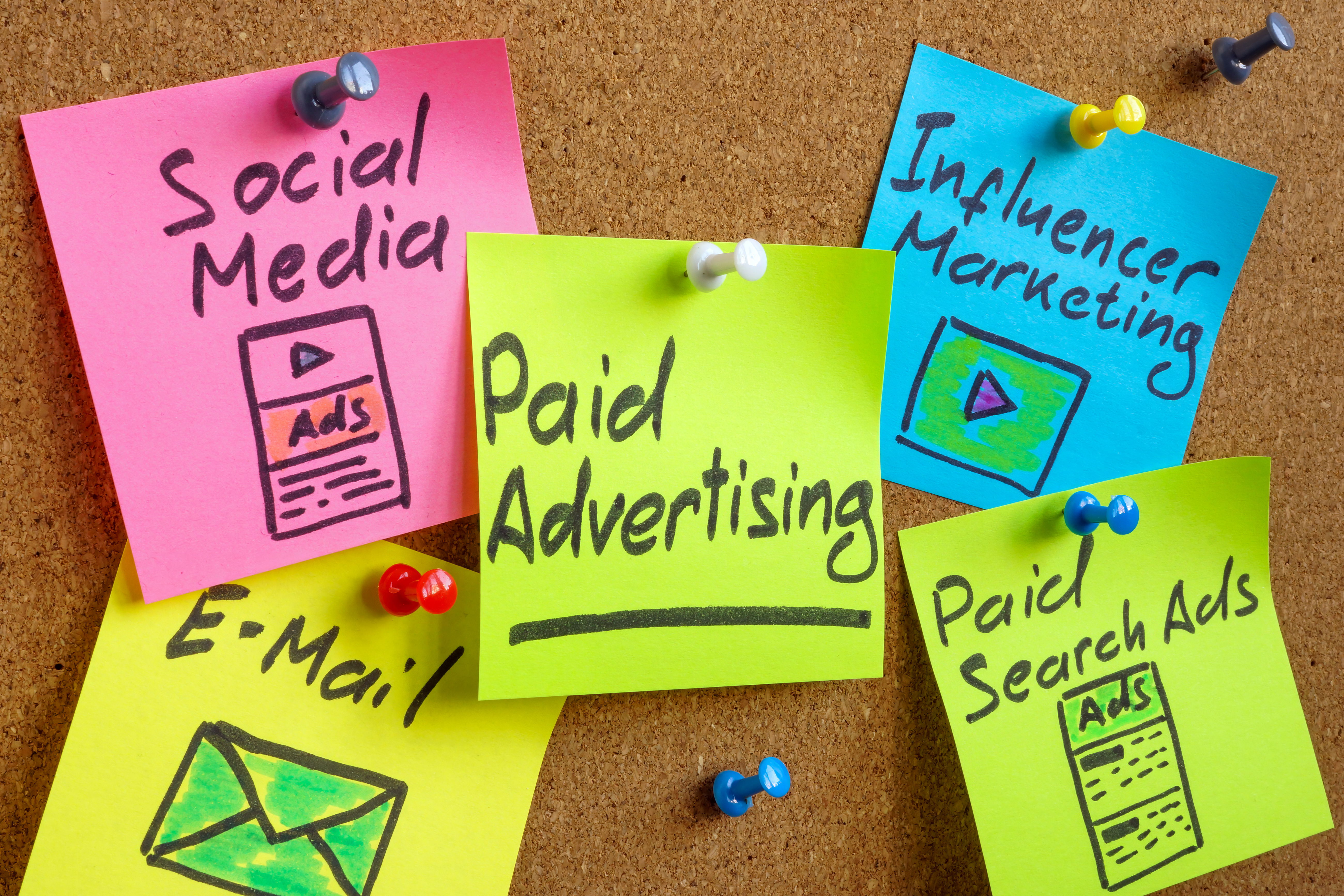From Clicks to Conversions: Smarter Social Ads
In today’s digital landscape, running social media ads isn’t just an option—it’s a necessity for businesses that want to stay competitive and visible.
But crafting a successful social media campaign isn’t about throwing money at ads and hoping for the best.
It’s about strategy, creativity, and optimization at every step.
From creating engaging ad copy to optimizing a lead capture page or landing page, this guide breaks down the essentials of running smarter campaigns, why A/B testing is a must, and how to choose the right campaign objectives to maximize ROI.
1. The Foundation: Crafting Engaging Ad Copy
Great ad campaigns start with compelling copy. Your message needs to grab attention, evoke emotion, and spark action—all in a few seconds.

Tips for Killer Ad Copy:
- Use a strong hook in the first few words.
- Speak directly to your audience’s pain points or desires.
- Highlight benefits over features.
- Include a clear call-to-action (CTA) like “Shop Now” or “Learn More.”

👉 For inspiration on killer ad copy techniques, Copyblogger remains a gold standard. You can also review NN/g’s insights on persuasive copywriting to better understand emotional triggers.
2. Lead Capture Pages: The Next Step to Conversion
Driving clicks is only half the battle; what happens after the click matters just as much.

A lead capture page or landing page should be
- Visually aligned with the ad for a seamless experience.
- Laser-focused on one objective—be it capturing emails, signing up for a webinar, or completing a purchase.
- Quick to load (a delay of even a few seconds can cause visitors to bounce).
- Equipped with social proof, such as testimonials or trust badges, to build credibility.
👉 Tools like Unbounce’s landing page best practices and HubSpot’s lead generation guide provide proven strategies you can apply.
3. The Power of A/B Testing
Why rely on guesswork when data can guide your decisions?

What to Test:
- Headlines and CTAs
- Images vs. videos
- Audience segments
- Ad placements (e.g., feed, stories, reels)
Why It Matters:
A/B testing reveals what resonates with your audience, so you’re not wasting money on underperforming ads. Even small tweaks—like changing a word in the headline—can significantly boost click-through rates (CTR).
👉 Check out Optimizely’s A/B testing resources or browse real-world case studies from VWO to see how minor changes drive major results.
4. Cost-Per-Click (CPC) vs. Cost-Per-Thousand Impressions (CPM) vs Cost-Per-Lead (CPL)
Understanding when to use CPC vs. CPM can be a game-changer for your ad strategy.
CPC (Cost-Per-Click): Best for action-oriented campaigns.
CPM (Cost-Per-Thousand Impressions): Best for building awareness.
CPL (Cost-Per-Lead): Ideal for qualified lead generation strategies.

- CPC (Cost-Per-Click):
- Best for action-oriented campaigns (e.g., driving traffic, lead generation).
- You only pay when someone clicks, making it ideal for performance-focused goals.
- CPM (Cost-Per-Thousand Impressions):
- Best for building brand awareness.
- Pay for every 1,000 times your ad is shown, whether or not users interact with it.
- CPL (Cost-Per-Lead)
Email List Building: Generating high-quality email leads for newsletters, promotional offers, or nurturing campaigns.
- Service Inquiries: Driving form completions for consultations, quotes, or appointments.
- Trial or Demo Sign-Ups: Encouraging potential customers to experience your product or service firsthand.
- Niche Audience Targeting: Collecting leads from a highly specific demographic or interest group.
- Lead Qualification: Acquiring leads who have shown genuine interest and are likely to convert with proper nurturing.
- Webinar or Event Registrations: Attracting attendees for online or in-person events.
- E-Book or Whitepaper Downloads: Capturing leads through gated content that provides value upfront

Pro Tip: Start with CPM to boost awareness, then switch to CPC to drive engagement and conversions.
👉 For clarity, review WordStream’s CPC vs. CPM vs. CPA guide. If you want industry benchmarks, Statista’s CPC data by industry is invaluable.
5. Ad Types and Campaign Objectives
All Social media platforms offer a variety of ad types and campaign objectives to align with your goals:

- Ad Types:
- Image Ads
- Video Ads
- Carousel Ads (perfect for showcasing multiple products or features)
- Stories and Reels Ads (great for mobile-first, vertical content)
- Campaign Objectives:
- Awareness: Reach the largest number of people possible.
- Consideration: Drive traffic, engagement, or video views.
- Conversion: Encourage actions like purchases or sign-ups.

Match your ad type to your objective—e.g., video ads are excellent for building consideration, while carousel ads work wonders for conversions.
6. Industry Competition and Ad Quality Impact Costs
Several factors influence the price you pay for social media ads:

- Industry Competition: More competition drives up costs, particularly in high-demand industries like finance, real estate, or health.
- Ad Quality: Platforms reward relevance and quality.
- Ads with high engagement scores are often shown at lower costs.
- Focus on relevance by targeting the right audience with tailored messaging.

Pro Tip: Monitor your ad relevance score or equivalent metric on platforms like Facebook Ads to ensure you’re optimizing for cost efficiency.
Conclusion: From Clicks to Conversions
Running effective social media ad campaigns requires a careful balance of creativity, strategy, and data-driven decision-making.
By crafting engaging ad copy, optimizing lead capture pages, leveraging A/B testing, and choosing the right campaign types, you can transform your campaigns from clicks to meaningful conversions.

Remember, every detail matters—from the objective you set to the type of ad you run—so take the time to plan, test, and refine.
The result? Smarter campaigns that drive results and maximize ROI.
We’d love to hear your thoughts!
Share your feedback on this blog post by leaving a comment below.
Feeling overwhelmed by social media ads?
Let us take the stress off your plate!
"Reclaim your valuable time with SocialMedia Beyond's running social media marketing campaigns, SocialAds."
Try it today and elevate your social media ad clicks and conversions!
Ready to level up your social media ads?
Complete the contact us form to speak with a ROC Specialist and start planning your winning social media ad strategy TODAY!